Iliotibial band syndrome (ITBS) : Physiotherapy Treatment, Exercise
What is Iliotibial band syndrome ?
Iliotibial band syndrome is a common cause of knee pain in runners. An iliotibial band is a thick fibrous band that runs from the hip to the knee. The iliotibial band is a strong, thick, and fibrous tissue that originates from the gluteus maximus and gluteus medius muscles and extends down to the lateral side of the knee. It is one of the four structures that make up the lateral compartment of the thigh.
- Iliotibial band is the composed of the two muscle .
- Tensor fasciae latae .
- Gluteal muscles [ gluteus medius and gluteus minimus) .
Introduction :
- It is also called to IT band syndrome , iliotibial tract & Maissiat’s band
- It is a common to knee injury that presents with the pain / tenderness on the lateral aspect of the knee which is superior to joint line & inferior to lateral femoral epicondyle.
- It is the non-traumatic injury .
- It is to the overuse of the injury to the connective tissues which is located in the lateral [ outer ] part of the thigh & knee.
- It is most commonly occurs in the athletes
- It is mostly seen in the runners ,bicyclists & also concomitant with the underlying hip abductor muscles weakness of
- This condition is caused by the compression to innervated local adipose tissue .
- If to the symptom is ignored so that the continue to inflammation scarring is develop in to the bursa.
- Decrease to range of motion of the knee & increas to pain with the decreas activity.
- It is also see to swelling around the knee.
- It is usually become better with the time & treatment.
- Don’t to need typically surgery.
Anatomy of the Iliotibial band :
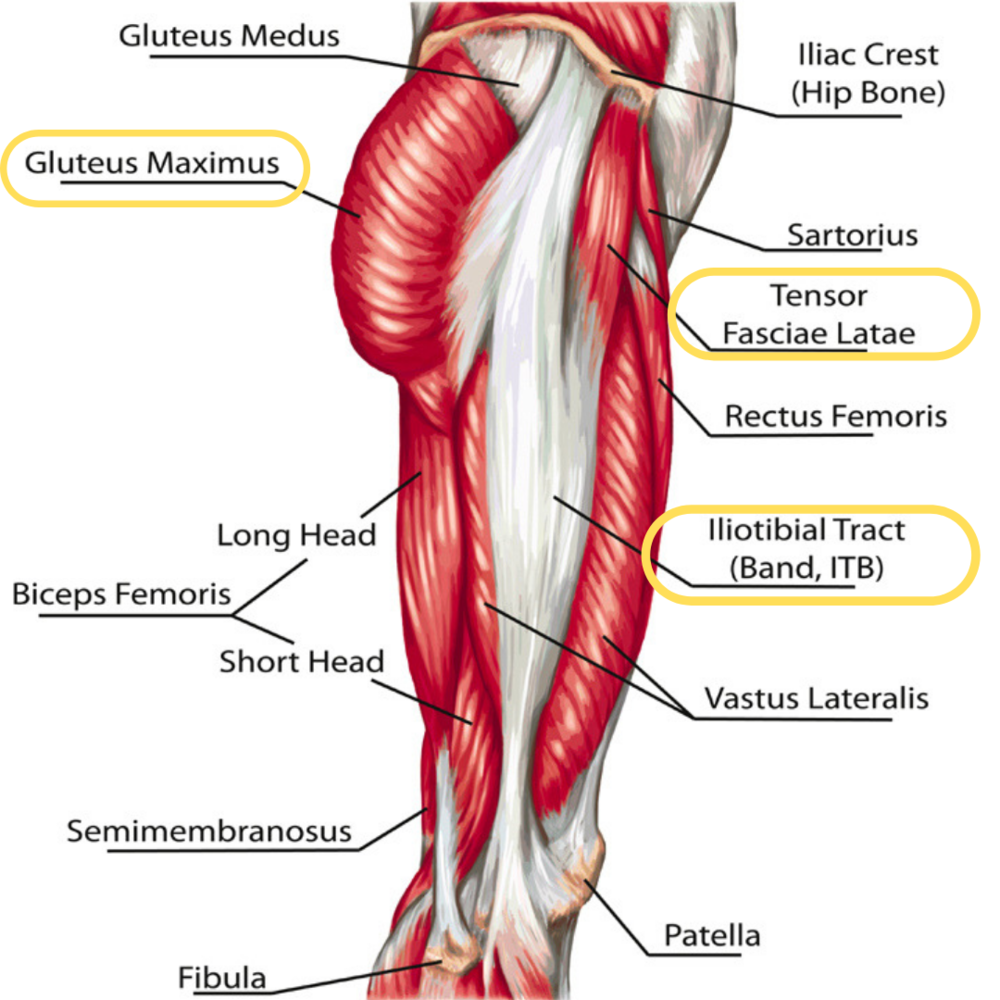
- It is the thick band of fascia [tissue]
- Origin = iliac crest of the pelvis
- Then travel to on the lateral or outside side of the thigh & crosses the knee
- Insertion = top part of the tibia or shinbone
- It is descends to along to the lateral aspect of thigh, between to the layers of the superficial fascia& inserts into the lateral tibial plateau this is projection known as the Gerdy’s tubercle.
- Distal portion of this tract is cover by to the lateral femoral epicondyle & gives to expansion of to the lateral border of to the patella.
- While to the this band is not have to any boney attachments so that this courses have between to the Gerdy tubercle & the lateral femoral epicondyle, if the absence of this attachment is allow to the move knee flexion & extension. with the anteriorly & posteriorly.
- This band is perform to mechanosensory role to acting on to the anterolateral of the knee .
- This is affect of the interpretation of to the ligament of the function of the ITB for various s tendon from hip to lateral femoral epicondyle .
- It is help to stabilize to the outside part of to the knee through range of motion.
- This band is one of to the hip abductor muscles which is move to the hip away from to the midline.
Role of IT band in knee movement :
- During of the knee flexion = this band is the located in the behind of the femoral epicondyle, which is a bony outcropping of to the femur &thighbone at the knee joint.
- During of the knee extension = this band is move to the forward across to the condyle .
- This is a sac or bursa which is allow to the band for glide to smoothly across to the condyle, but when the inflammation is occur in the area, so that the increase to friction from the rubbing to this band which is across to the bony condyle and produce to the pain, at the the site of the lateral aspect of the knee joint.
Who gets to the IT band syndrome?
- This syndrome is occurs anyone.
- But It is most common in runners, hikers & cyclists.
- In the athletes who use to their knee like as to soccer players , basketball players,& weightlifters is more risky to develop of this symdrome .
- But people who get to this syndrome in younger athletes or which people who have do the exercise regularly ,due to the some mistakes during training so that this mistake is must be corrected.
In Training mistakes including :
- Not properly do the warming up & cooling down
- Pushing exercise beyond the limits
- Straining the body
- Not to take rest enough between to the workout
- Wearing to improper shoes
- Do the training on the surfaces of wrong
- Incorrect fitting of the bicycle
- Quickly increase to training
- Use the poor form
Epidemiology /Etiology of the Iliotibial band syndrome :
- This syndrome is one of the most common injuries in the runners presenting with to the lateral knee pain of an incidence estimated to between 5% &14%.
- Further studies are indicate to the this syndrome are responsible for to the approximately 22% of all to the lower extremity injuries.
- The prevalence of this band is in the women is estimated to between 16% and 50% & in the men is between 50% and 81%.
- The etiology of this syndrome is multifactorial.
- Long distance running is to common cause of this syndrome , specially if the running on the slightly bank ground, as to the subtle drop of to the outside of the foot stretches of this syndrome which is increasing to the risk of to the injury so that the Sudden increases in the activity levels is also lead to the this syndrome. Although this repeated tissue compression is leading to the irritation of the best supported by the recent evidence .
- This is a number of other trains of the thought to regarding of the evolution of this condition.
- When the knee position is the extension this band is lies to anterior of the lateral femoral epicondyle.
- When the knee position is in 30° of flexion this band is move to posteriorly of the lateral femoral epicondyle.
- the band is hypothesis so that to the friction of the occur between of the posterior edge of the band & the underlying of the lateral femoral epicondyle.
What causes to the iliotibial band (IT band) syndrome?
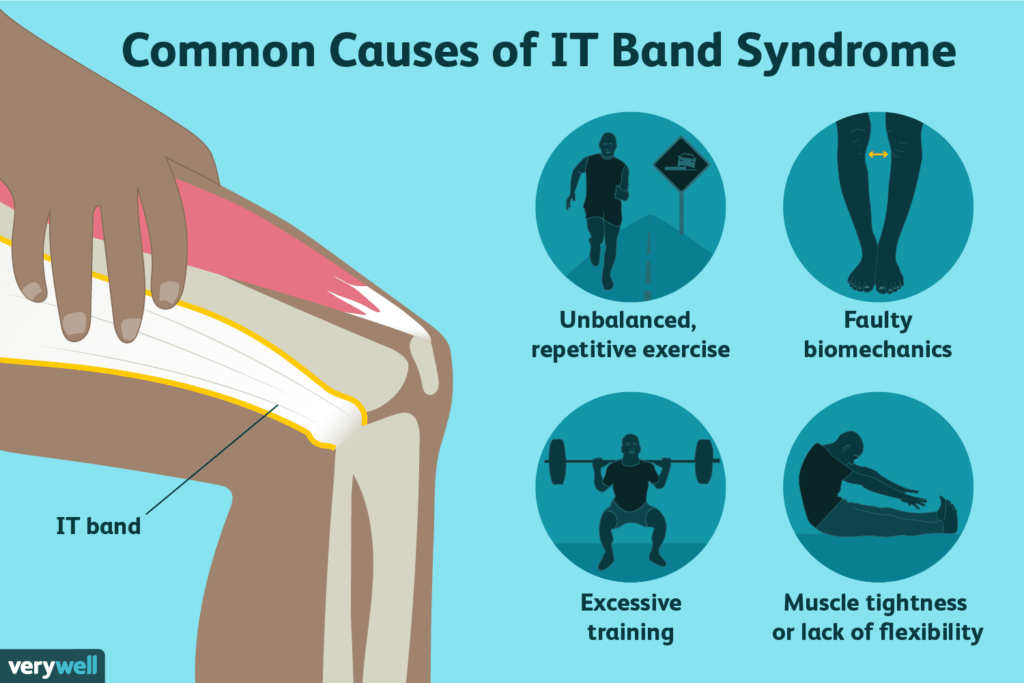
- Overuse of the syndrome so that the occurs is most often in the long-distance, bicyclists, runners & other athletes who have do the repeatedly squat.
- This band syndrome is to the result of the combination of the issues, include to
- Training habits is poor
- Flexibility of muscle is poor
- In the body mechanical imbalances involving of the low back pain , pelvis pain , hip pain & knee pain .
- Anatomical issues include to
- Differences lengths of the legs which is known as the leg-length discrepancy
- Abnormal tilt of the pelvis
- Bowed legs which is known as the genu varum.
- In all These situations this band is become to excessively tight which is leading to the increase to the friction & irritation when to the band crosses is back & forth across to the femoral epicondyle during the activity.
- Error of Training is to the develop this symdrome.
- For the Bicyclists is develop to improper posture on the bike & toe in the when they try to pedal.
- This issue is how to the toe clips are align & , force to the foot to be in the internally rotate & toed in.
- This effect is same as the bowed legs which is increasing to the angle of the this band which is crosses to the knee & increases to the risk of the inflammation.
- Other cause is to excessive squatting by the athletes.
- This is also develop from when the athletes is do the repetitively walking up , wearing high heels , down stairs & sitting for long periods with the bent to the knees.
What are the iliotibial band (IT band) syndrome symptoms and signs?
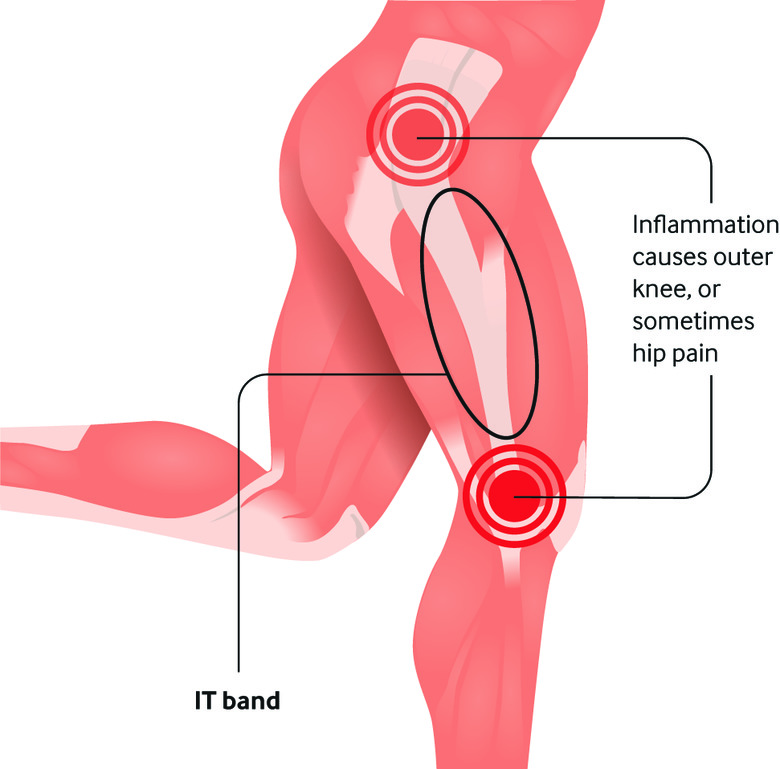
- Most common symptom is Pain in the knee of lateral side .
- Patient is also feel pain during walking & during to the climbing up or down steps.
- Patients is also feel to snapping / popping sound of to the knee .
- Swelling is also present around to the lateral side of the knee .
- This pain is also radiate to the outer side of to the thigh & hip.
- This pain is feel after the warm up & worse of the exercise .
- Aching or burning sensation feel to the knee .
- Also present a tenderness on the knee .
- Warmth & redness is present on the knee .
How do the diagnose of the iliotibial band (IT band) syndrome?
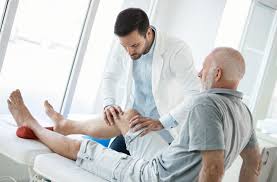
- This diagnosis of this syndrome is by the patient’s story of symptoms.
- Patient is tell to the he/ she feel the lateral knee pain which is become worse when to the heel strikes on the ground.
- Physiotherapy examination is helpful in this condition because this pain is palpate with the tenderness
- Therapist also examination the whole knee like as ROM , MMT and sore areas of the knee.
- Swelling is also feel over to site of the femoral epicondyle, where the sac & bursa is located.
- In the diagnosis physiotherapist also check the leg-length discrepancy, muscle imbalance & tightness in the legs or back.
- X-rays is not required for the diagnosis in this condition .
- But MRI is used for the check the inflammation & beneath surrounding this band.
- MRI is also exclude to other causes of lateral knee pain. like as the torn cartilage (lateral meniscus tear), muscle tendon inflammation , sprained lateral collateral ligament, & problems between to the kneecap and to the femur (patellofemoral pain).
- Mostly X-rays and MRI images is not to needed.
Characteristics/Clinical Presentation of the iliotibial band (IT band) syndrome :
- Mostly the subjective assessment is basis on the symtomes .
- In the Activities which is require to repetitive activities involve of knee movement which is produce to burning pain at to the level of the lateral femoral epicondyle.
- The main symptom of this symdrome is a sharp pain on the lateral aspect of to the knee & this pain is radiate into the lateral thigh or calf.
- This pain is become to worse during the running or coming down to the stairs.
- In the characteristic
- Find of the exercise-related tenderness over to the lateral femoral epicondyle.]
- The patient is feel to the pain [ acute, burning ] on to the regular basis when pressure is applied on to the lateral femoral epycondyle during the knee movement .
- Signs of inflammation is also may be present .
- Pain is feel on to the lateral aspect of the knee during running, increase of pain intensity while the running down hill or descending stairs .
- Pain is typically worse when running of the longer distances.
Differential Diagnosis for the iliotibial band (IT band) syndrome :
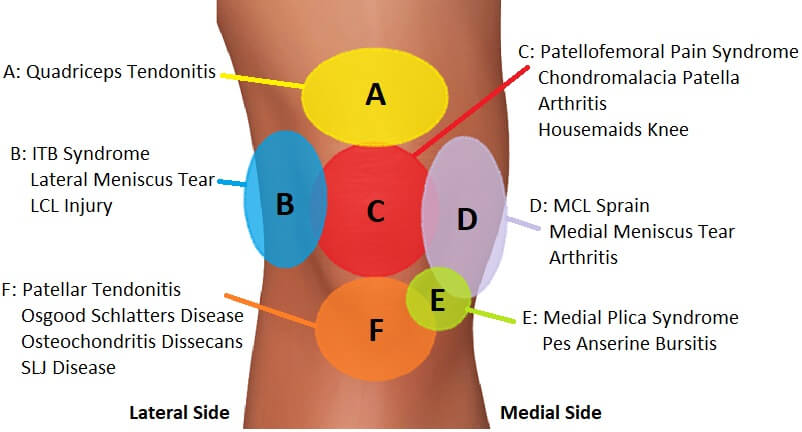
- Biceps femoris tendinopathy
- Meniscal dysfunction or injury
- Popliteal tendinopathy
- Lateral collateral ligament (LCL) injury
- Knee osteochondritis dissecans
- Referred pain from lumbar spine,
- Degenerative joint disease
- Superior tibiofibular joint sprain
- Patellofemoral stress syndrome
- Peroneal mononeuropathy
- Myofascial pain
- Trochanteric bursitis
- Stress fractures
Medical management for the iliotibial band (IT band) syndrome :
- Give to the patient a pain relief medicines.
- Give to the patient NSAIDs. for To the relieve pain & inflammation
- Ibuprofen . declofen , aspirin, & naproxen is given to the patient
- Give to the patient counter pain medicine
- Give to the corticosteroid for the decrease of the inflammation
- In corticosteroid mostly give to patient hydrocortisone , dexamethasone, methylprednisolone .
Surgical Management for the iliotibial band (IT band) syndrome :
- In the rare cases surgical Management is to recommended to the patient .
- In the after 6 months when the other treatment is fail so that surgery is recommended to the patient
- During to the surgery, a small piece of to the posterior part of this band which is covers to the lateral femoral epicondyle is to be resected.
- In the Surgery also excision of the portion of a lateral synovial recess , cyst or bursa .
- Arthroscopy is also used for remove the inflammation around to the this band so that cut it away of part .
- acupuncture is also do in surgery treatment .
Diet plan for the patient of the iliotibial band (IT band) syndrome :
- In the healthy diet use to plenty of the fresh fruits & vegetables.
- For the Stay well form hydrated use to the drinking plenty of the water
- Other use the healthy drink options like as the herbal tea , coconut water & vegetable juice .
- Take the herbal supplements for the reduce to pain / inflammation.
Special test for the iliotibial band (IT band) syndrome :
- There are different special tests:
- Ober’s test
- Noble’s test
- Renne test
- Treadmill test
Treadmill test :-
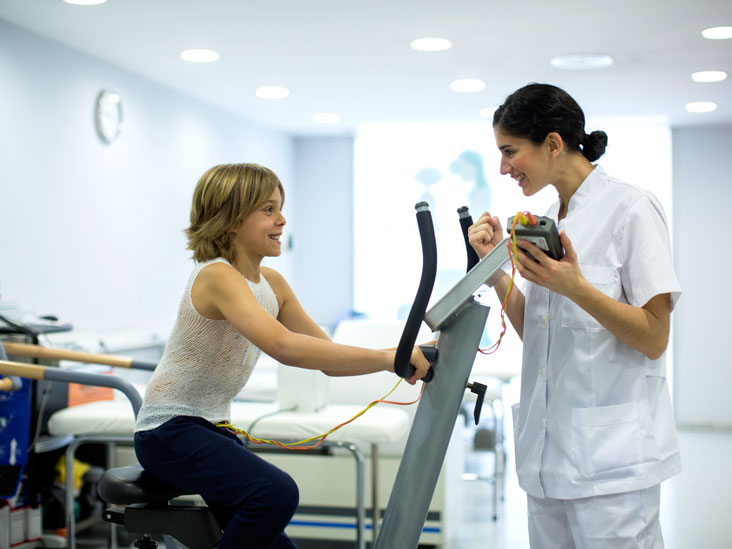
- The test is more effective & sensitive method for the evaluating of the running related pain .
- It is used for the measure the amount of the pain .
- Patient feel the pain during the normal running.
- If the patient feel the pain on the lateral side of the knee .
- So that this test is considered to positive .
Noble compression test:-
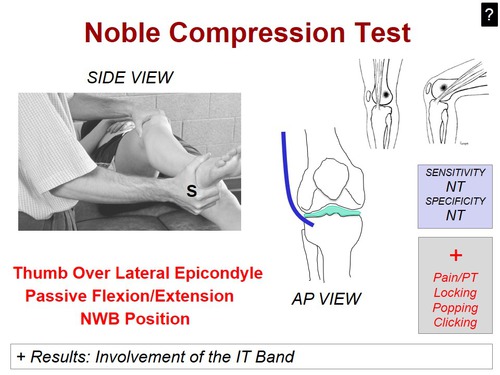
- This test is starts with the supine posture & 90 degrees of knee flexion .
- The patient extend to the knee on that time apply to the pressure on the lateral femoral epicondyle.
- If the patient feel the pain over to the lateral femoral epicondyle near of the 30-40 degrees of flexion .
- In this situation this test is considered to positive.
- A goniometer is also used for the ensure to the correct angle of this knee joint .
Ober test:-
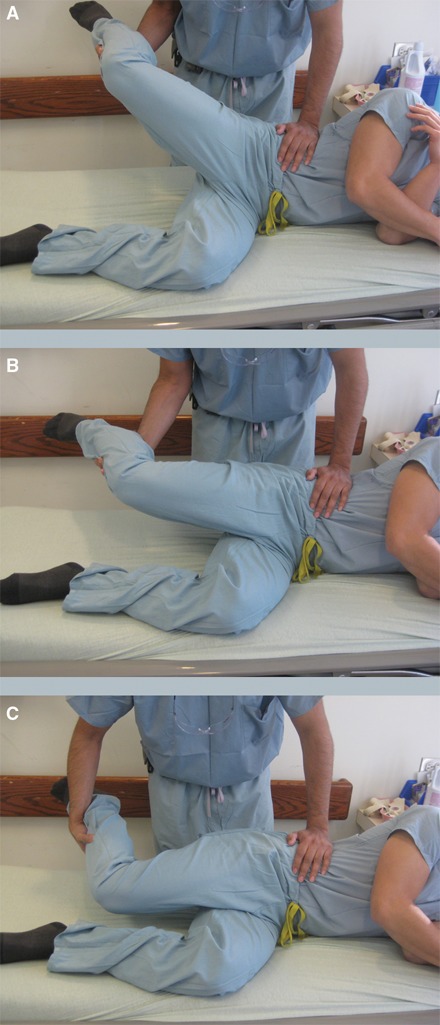
- The patient is in supine position on the side with to the injured extremity is facing to upwards.
- Then The flexed the knee at to 90 degrees & the abduction and extension of the hip , the thigh is the maintained In the line with to the trunk. then ask to The patient do the adduct to the thigh as far as possible.
- If the patient is not to adduct the hip farther than to the examination table in this situation this test is considered to positive.
- This positive test indicate to short / tense of the ilio-tibial band & also indicate of the tihgtness of the tensor fasciae latae .
Renne test :-
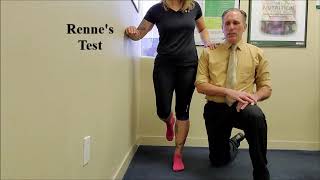
- The patient is in the standing position with the weight bearing on to the involved side.
- It is also performed with to the non-involved side weight bearing & non-weight bearing with knee flexed.
- Therapist palpate this band on to the lateral femoral epicondyle.
- Then the instruct to patient place to their one hand on the therapist shoulder for the balance & then do the slowly one legged squat between to 60-90° of flexion& then rise to back up.
- on that time therapist apply to firm pressure on the lateral femoral epicondyle .
- During the Palpation therapist feel the crepitus and patient feel the pain on the site of the lateral epicondyle .
- When apply to pressure , increse of the knee pain and also increse of crepitus.
- This both situations this test is considered to positive.
Function Measures for the iliotibial band (IT band) syndrome :
- 10-point of the numeric pain rating scale
- Lower Extremity Functional Scale (LEFS)
10-point of the numeric pain rating scale :-

- This scale range is from ‘0’ to 10 .
- 0 means no pain , 5 means moderate pain , 10 means wrose pain .
Lower Extremity Functional Scale (LEFS) :-
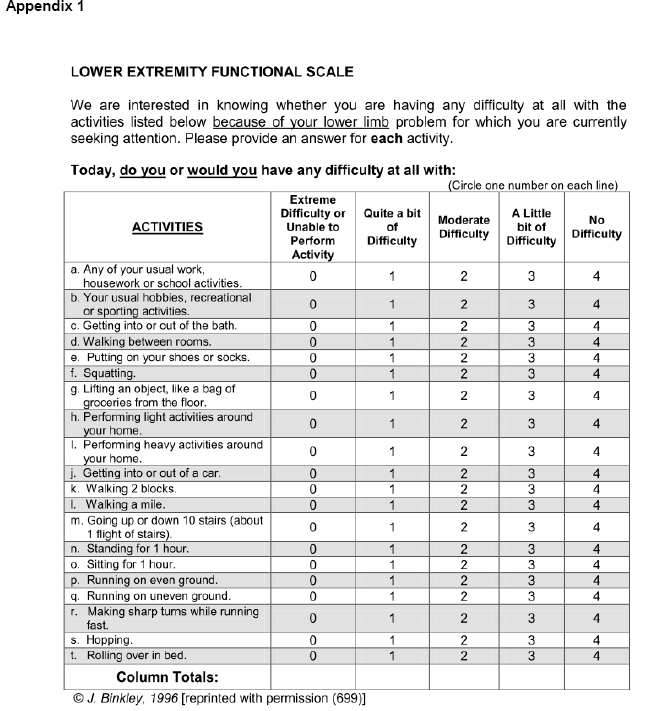
- This scale is for the measure to the patients ongoing progress, initial function & outcome of the wide range of the lower-extremity conditions.
- In this scale therapist ask to question the Patients for the difficulty in the activities .
- Difficulty rating of the activity
- Unable to the Perform Activity
- Bit of Difficulty
- Moderate to Difficulty
- Little Bit of the Difficulty
- No Difficulty with the activity
Physiotherapy management for the iliotibial band (IT band) syndrome :
Modalities for the IT band :

- In the starting phase use to the RICE principle [ rest , ice , compression , elevation ] .
- For the pain relief give to the modalities like as the cryotherapy & heat therapy [ SWD ] .
- Ice pack is also apply to the patient .
- Ultrasound therapy is apply for the thermal & non-thermal treatment for the injured tissue
- Frequency range of this therapy is 0.75 to 3 MHz
- Iontophoresis or phonophoresis modalities also used as the inflammatory modality .
- This modality is also help to decrease of irritation in to the soft tissues around to the knee.
- Radial shockwave therapy [ RSWT ] this therapy is also effective as to the rehabilitation for the runners with this syndrome.
- Myofacial treatment is also effective in the reducing of the pain in the acute phase .
- The triggerpoints of this treatment is gluteus maximus, Biceps femoris, tensor fascia latae , vastus lateralis .
- Foam roller is used for the massage of the muscle & sports massage is also used for the pain relief .
- Gait training is also important in this symdrome .
- Kinesio tape techniques also used for the release to the pain .
- Restorative yoga is also used for the release to the pain .
Home care for the IT band syndrome :
- Doing to the changes into the all the activity such as the do the bicycle seat lower for the cycling & improve the running .
- Do the special exercises & stretching .
- Do the strengthing of the muscles of hip & knee .
- This all activity is do the help by the therapist .
- Also use to the right technique of pedaling & set the pedal / clips .
- Always do the care during the pedal because on that time if the toes are turned to internally rotated so that this position give to the patient abnormal stretching of this band
Stretching for the IT band symdrome :
- Stretching is mostly used for the relieve tightness & for promote to the flexibility / strengthing .
- In Standing IT band stretch
- Standing forward bend variation
- Wide-legged standing forward bend
- Low lunge variation
- Glute stretch
In Standing IT band stretch standing :-

- Starting position is standing
- cross the right leg in front of the left & press the firmly both of the feet.
- Try to the have the feet is stay about of the shoulder width a part.
- Lean of the right side as far as the body is allow .
- In this position patient feel the stretch in the knee & lateral side of hip.
- To the deepeing of the stretch, patient is reach to the left arm to overhead.
- Press the left hand into the wall for add to resistance / stability.
- Hold this position for the 30 seconds.
- Do the this stretch 3 times per day .
Standing forward bend variation :-

- Starting position is standing ,
- Cross to the right ankle in front of to the left.
- Slightly bend the knees as the fold forward .
- Place the hands on to the floor , on to the block & another stable surface.
- Press the legs into the each other for add to resistance.
- Hold the position for the 1 minute.
- Then do this stretch of this opposite side.
- Do this exercise each side 2 to 3 times per day .
Wide-legged standing forward bend :-
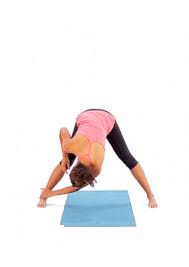
- Starting position is standing
- Do the jump or step the feet so than the wider than to the shoulders.
- Turn the toes in slightly & put the slight bend in to the knees.
- Slowly hing the hips to the fold the forward then drop the hands down for to the floor.
- Use the block / chair for the support if the hands is donot reach to the floor.
- Press the lateral edges of the legs & feet,
- Patient feel the stretch along to the outside of the lower body.
- Walk the hands for the right & turn to the upper body for the right.
- Place the hands on the lateral side of the right leg.
- Hold the position for the 15 seconds.
- Do this exercise each side 2 to 3 times per day .
Low lunge variation :-
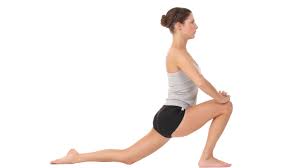
- Starting position is low lunge.
- This low lunge a with the right foot in front & the left knee on to the floor directly under the hips.
- Place the right hand on the right thigh & then to the stretch on the left arm over on the right.
- Keep the hips square & do not allow them to the stretch to forward.
- Patient Feel this stretch in the lateral side of the left hip.
- Hold the position for the 30 seconds.
- Then do this stretch of this opposite side.
- Do this exercise each side 2 to 3 times per day .
Glute stretch :-
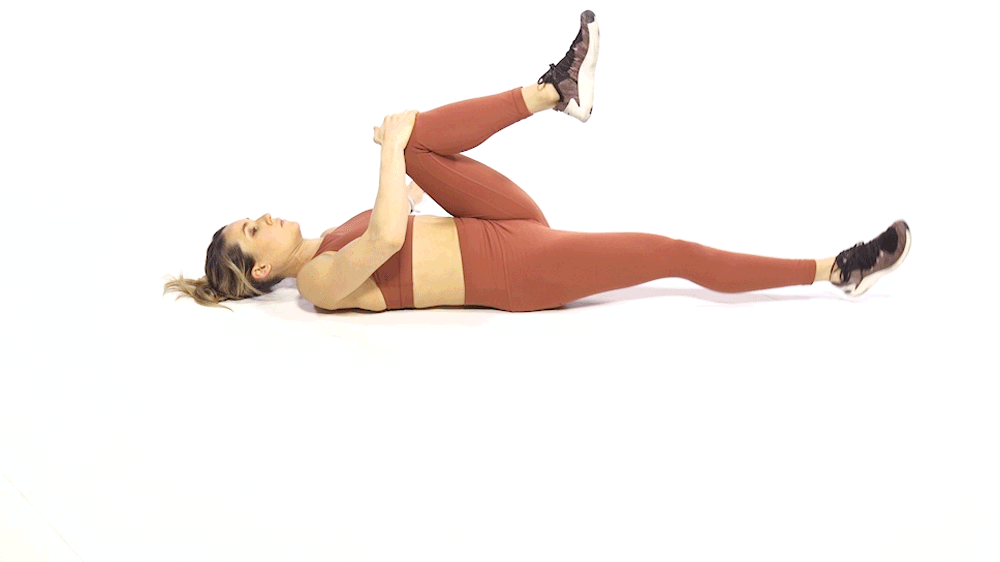
- Starting position is supine .
- Then the right leg is extended on to the floor.
- Draw the left knee into the chest.
- Then the pull it across the body .
- Patient feel a stretch in to the buttocks & lateral side of the hip.
- Hold the position for the 30 seconds.
- Then do this strech of this opposite side.
- Do this exercise each side 2 to 3 times per day .
Exercises for the IT band symdrome :
- Hip hikes
- Heel drops
- Side plank pose
- Side leg abduction
- Clamshell exercise
- Cow Face Pose
- Seated twist
- Foam roller
- Exercises is used for the strengthing of the IT band , muscles of the gluteal & hip abductors.
Hip hikes :-

- Starting position is standing .
- Then the sideways on the step so that the left leg is hangs off on the edge.
- Keep the shoulders & hips square to the forward.
- Keep the right leg straight as the lift of the left hip up.
- Then to the drop the left leg is back down to again.
- Continue to this movement [ subtle ] of 12 to 15 repetitions.
- Then do this exercise of the opposite side.
- Do this exercise 2 or 3 sets on to the every side.
- Focus on the pulling from to the hip & waist rather than to lifting of the leg with the knee or from to the foot.
Heel drops :-
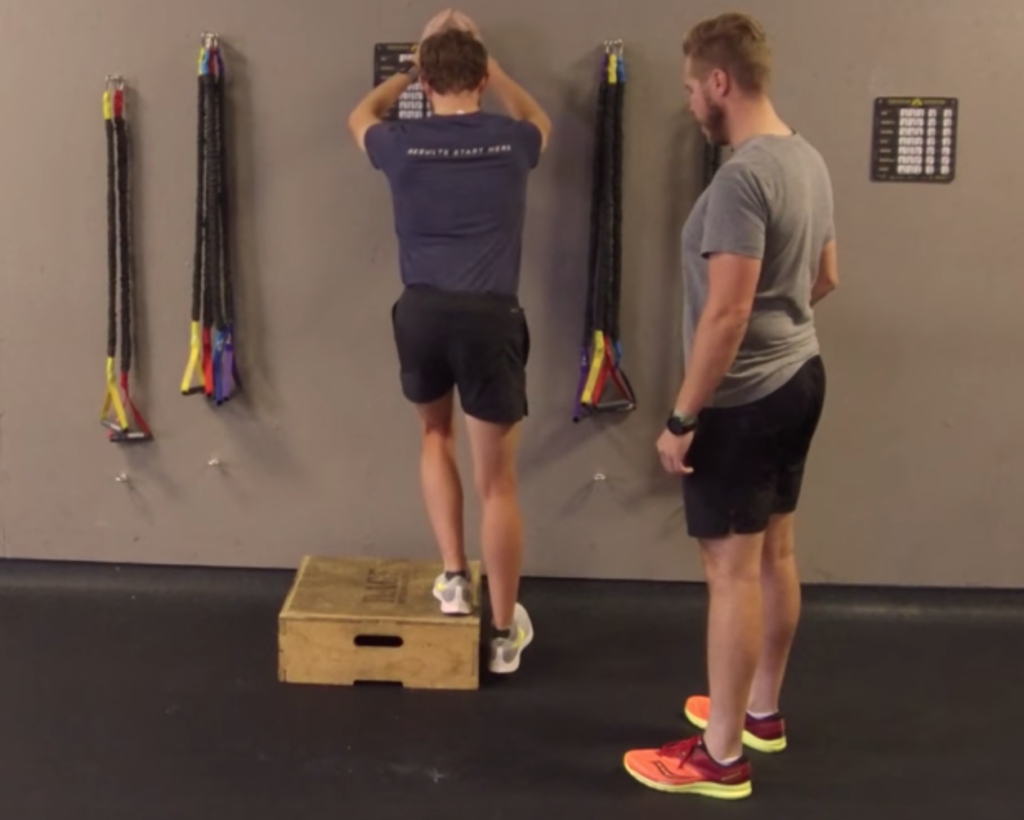
- Starting position is standing
- Stand on to the step with the one foot & extend to the opposite foot in front of the you.
- Slowly do the squat down as though to going for the step forward.
- Then Return in to the starting position.
- Please try to Keep the pelvis square throughout to the movement.
- Do the 2 or 3 sets & do the 15 to 20 repetitions.
Side plank pose :-
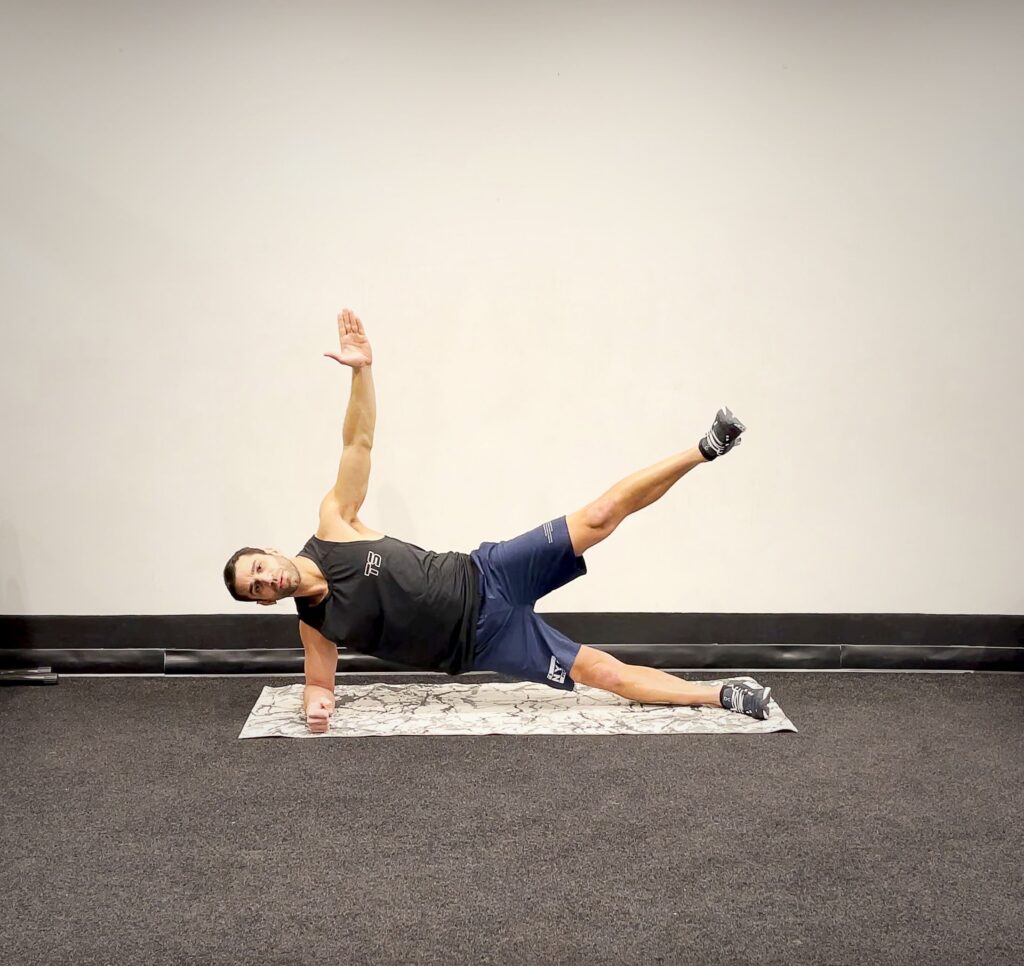
- Starting position is plank pose.
- Then the press into the left arm as the roll to the right.
- So that the right hip is point up to the toward the ceiling.
- Then Square up the hips.
- Stack the ankle / drop the left shin on the floor for the support.
- Place the right hand on the right hip then extend to the arm up toward to the ceiling.
- Then to the lift the right leg as high as to possible.
- Hold the position as long as to possible minimum to one minute.
- Then do this exercise of the opposite side
- Do this exercise for the 2 or 3 times per day .
Side leg abduction :-
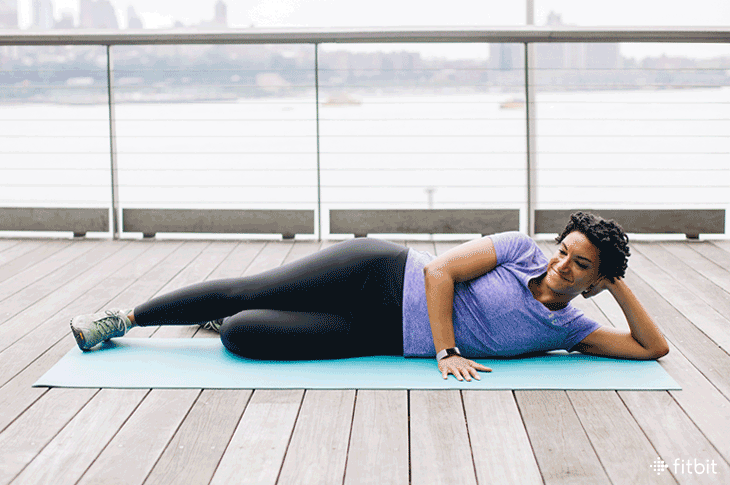
- Starting position is supine .
- lie on the side with the affected leg on the top.
- Straight the top leg & draw the toes toward then the try to touch with the front of the leg.
- Do the press out through the heel.
- Engage the abdominals, stack the hips & keep the bottom to leg slightly bent for the balance.
- Slowly lift the top leg up & slightly back.
- Then Return in to the starting position.
- Do the 2 or 3 sets & do the 15 to 20 repetitions.
- Then do this exercise of the opposite side
Clamshell exercise :-
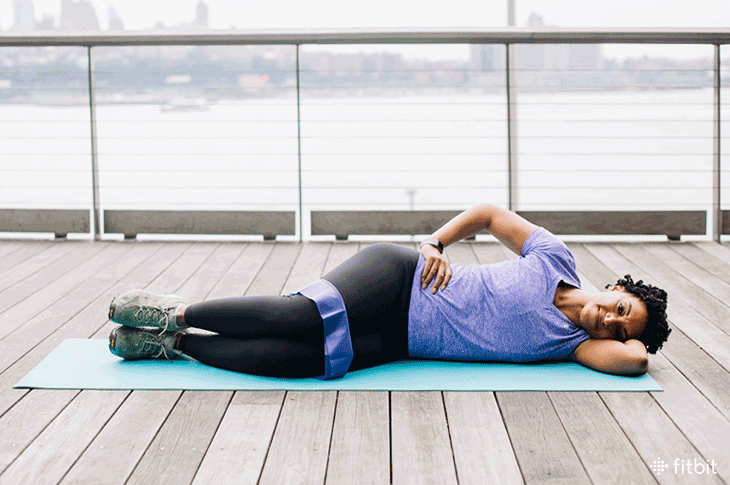
- Starting position is supine .
- Lie on the side with the bent knee & the affected leg on the top.
- Then Extend the lower arm under the head or bend the arm and try to make like a pillow for the head & try to rest on.
- Place the top hand on the top of the hip for the support.
- Engage the abdominals & keep the hips facing downward throughout to the exercise.
- Slowly lift the top leg as high up as possible & keep to the feet together.
- Then Return in to the starting position.
- Do the 2 or 3 sets & do the 10 repetitions.
- Then do this exercise of the opposite side
Cow face pose :-
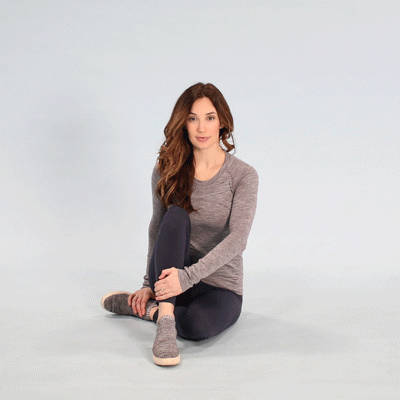
- Avoid to sinking over to the one side.
- Use the cushion to evenly for the ground with both the sitting bones into the floor so that hips are even.
- for make to this pose easier, extend the bottom of leg out straight.
- Bend the left knee & position it at to the center of the body.
- Draw in the left foot toward to hip.
- Cross the right knee over to the left then stacking the knees.
- Place the right heel & ankle to the outside of the left hip.
- Hold the position for to the 1 minute.
- For go to deeper, walk the hands forward to the fold into the forward bend.
- Hold the position for to the 1 minute.
- Then do this exercise of the opposite side
Seated spinal twist :-
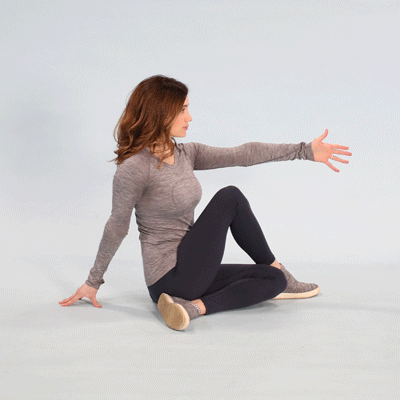
- Starting position is sitting .
- Please seated on to the floor, bend the left leg & place the left foot on to the lateral side of the right hip.
- Bend the right leg & place the right foot flat on to the floor or to the lateral side of the left thigh.
- Do the Exhale when the as you twist the lower body for to the right.
- Place the left fingertips on to the floor then bending the hips.
- Wrap the elbow around the knee & place the elbow to the lateral side of the knee with to the palm facing forward.
- Then Gaze over to the back shoulder.
- Hold the position for up to the 1 minute .
- Then do this exercise of the opposite side
Foam roller stretch :-
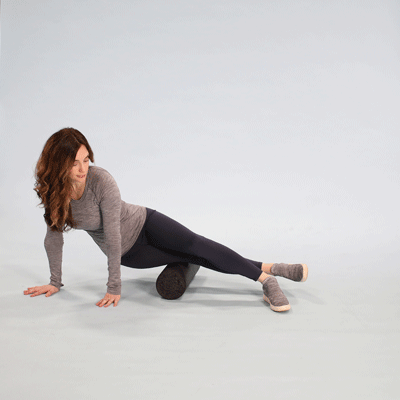
- Starting position is supine .
- Lie on the right side with the upper thigh & resting to the foam roller.
- Keep the right leg straight & press to the sole of the left foot into the floor for to the support.
- Place the both hands on to the floor for to stability / proper to position on the right side.
- Foam roll is down to the knee before rolling back up to the hip.
- This is Continue for to the 5 minutes,
- Then do this exercise of the opposite side.
Range of motion :
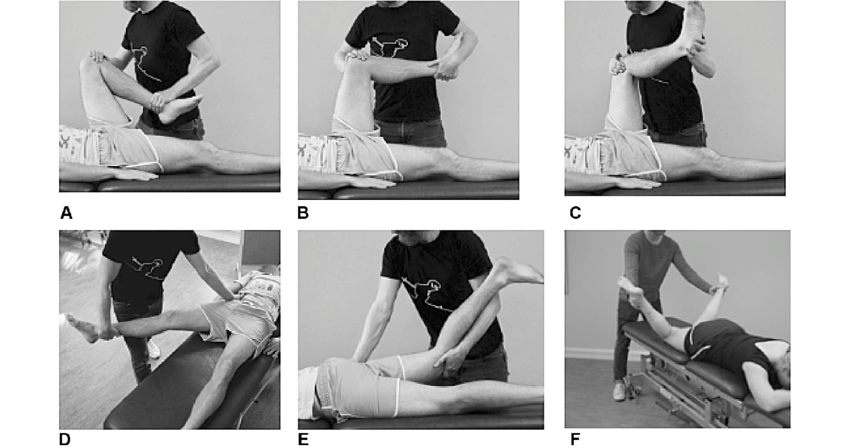
- In this syndrome occurs to the abnormal motion of to the hip, knee & foot joint .
- So that therapist first to check the motion of the involved leg & compare with the other .
- After that patient start the exercise .
- In the starting phase do the SQE , VMO , SLR , ATM exercise
- First of all start the active movement of the hip & knee .
- Then apply to stretch in the last ROM and do the passive movement .
- Do the isometric exercise for the pain relief and increse the ROM .
- Do the hold and relax exercise for to the increase the ROM .
- Give to the mobilization to patient for increase the ROM .
Muscle strength :
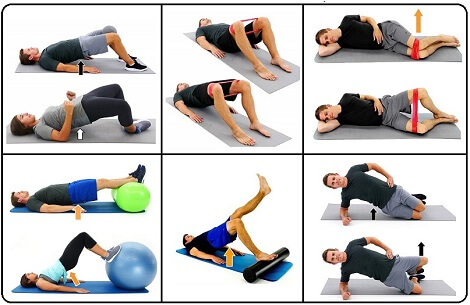
- In this syndrome occurs to the weakness of the Hip and core muscle .
- The core muscle is important for the greater stability through to the body .
- For the athletes this muscle are more important .
- So that after the patient pain ralief and normal ROM of hip / knee therapist start to strengthing of the exercise
- This exercise is do the help of the theraband , weight cuff .
Risk of the iliotibial band syndrome :
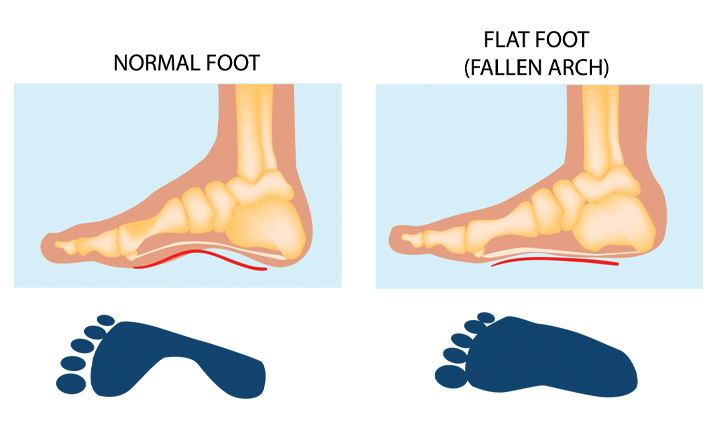
- Walking or running on to the a track or uphill
- Knee arthritis
- Excessive sitting
- Repetitive activities such as running and cycling
- Bowlegs
- Unbalanced leg lengths
- Flat feet
- Weakness or lack of flexibility
- Weak of the hip, gluteal, & abdominal muscles
- Weak of the knee extensor, flexors, & hip abductors
- Preexisting iliotibial band tightness
- Prior injury
For the runner ; risk of this syndrome :-
- Run is worn to -out shoes
- Run to many miles per day
- Run in to the cold weather
- Run on to the uneven or downhill terrain
Prevention of the IT band syndrome :
- Allow to pass the plenty of the time to the properly stretch, warm up & cool down.
- Give to the body enough time form to recover between workouts or the events.
- Run with to a shorter stride.
- Run on to the flat surfaces or to the alternate which side of to the road to run on.
- Replace the shoes regularly.
- Stretch to the IT band,
- strengthening of the hip muscles & thigh muscles .
Key points of the iliotibial band syndrome :
- This point is use to how the know this symdrome easilly .
- This is produce to the pain on to the lateral side of the knee.
- Mostly happens in to the athletes but specially in the distance runners.
- When the athlete is used to the incorrect sporting equipment

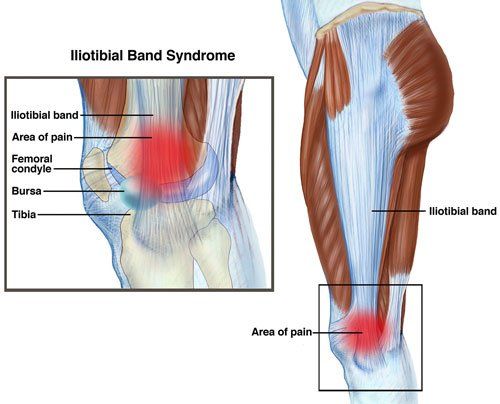

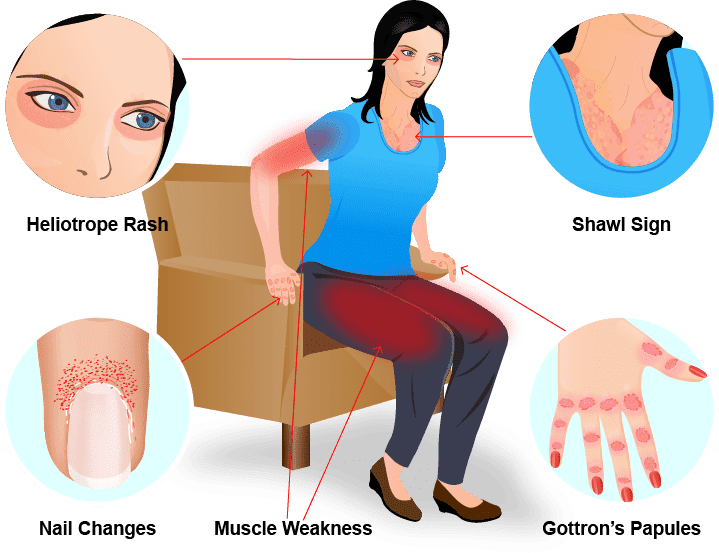
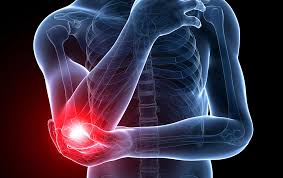
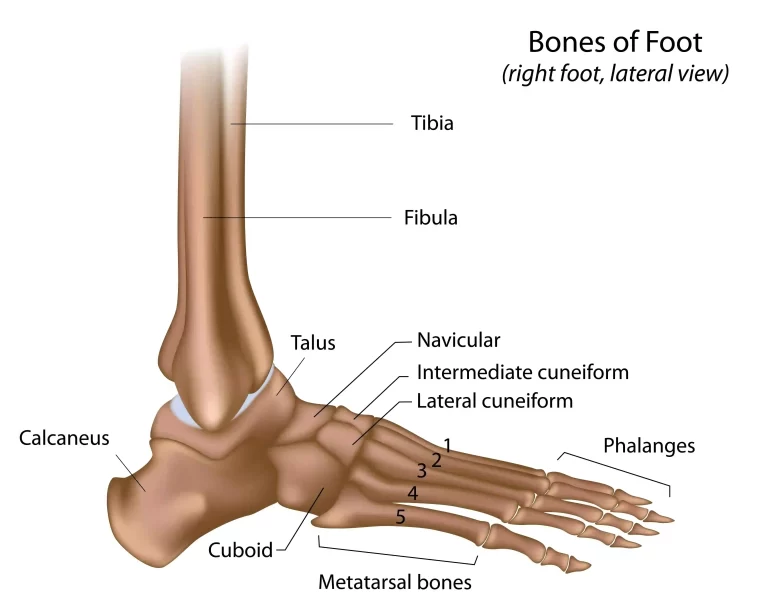
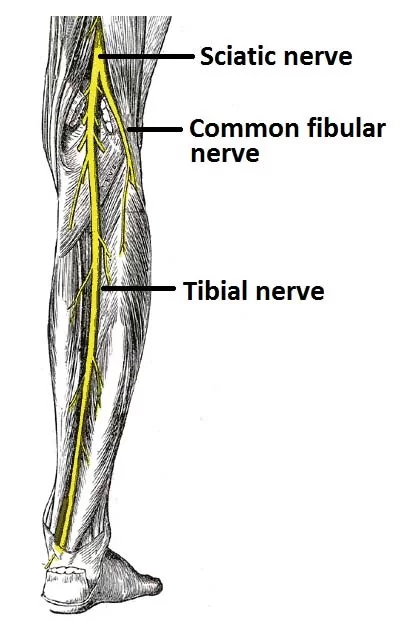
i have also pain in knee area, can i have iliotibial band syndrome or other disease ? Exercise i have started but it is hard to do what can i do?